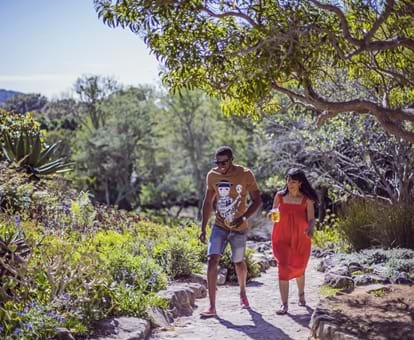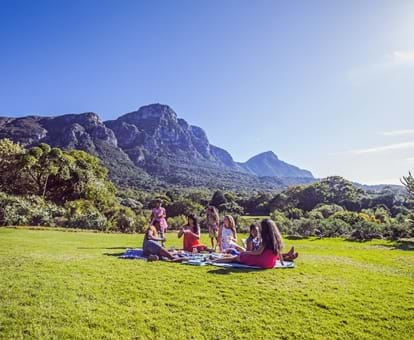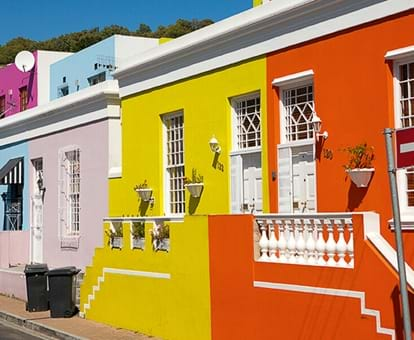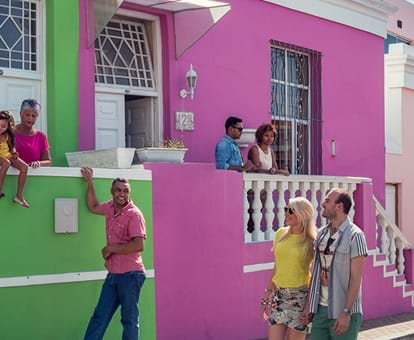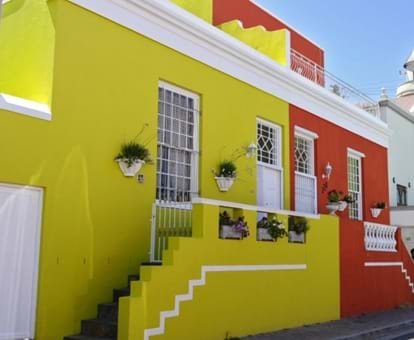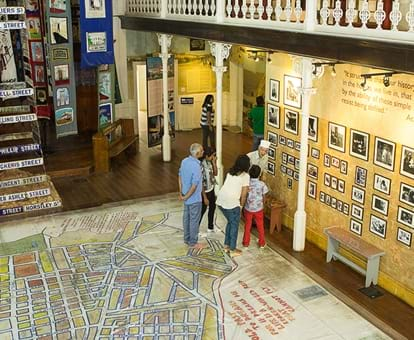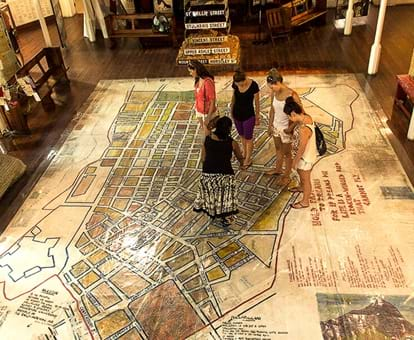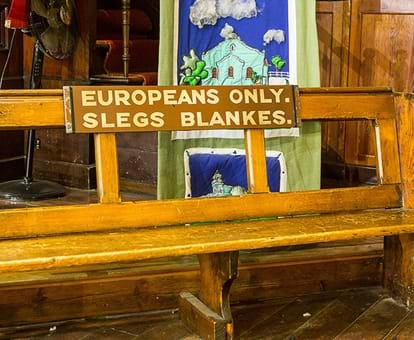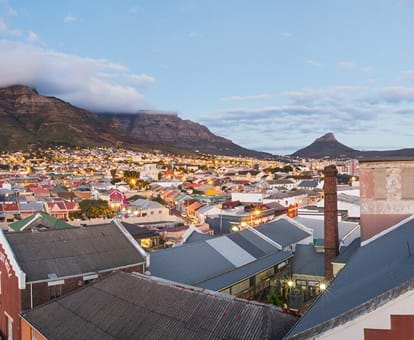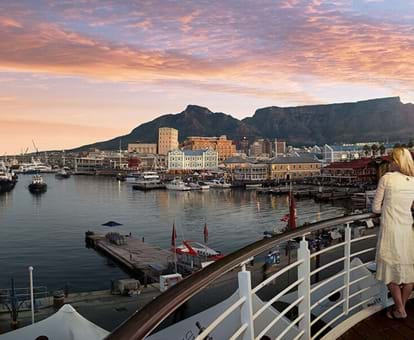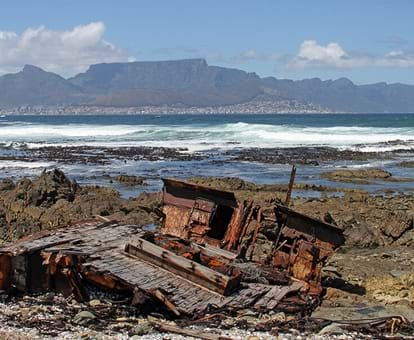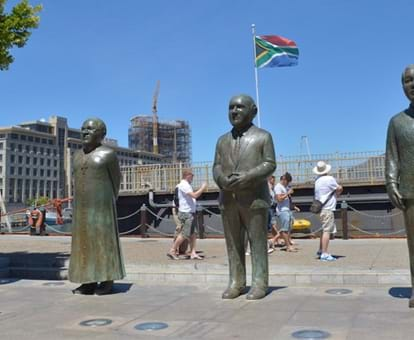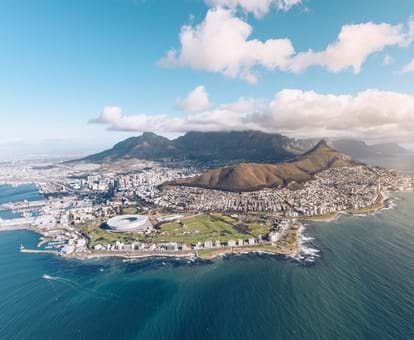By creating an account, I agree to the
Terms of service and Privacy policy
Choose your country and language:
Africa
Americas
Asia Pacific
Europe
IIf you’re considering visiting one of the world’s best cities that has an interesting history to explore, think no further than Cape Town, situated at the tip of Africa. Popularly known as the “Mother City”, the city has some of South Africa’s most important history and culture. The city's beauty is complemented by Table Mountain, which sits majestically in the background.
Table Mountain and its adjacent areas were home to the original Capetonians, the KhoeSan people, who inhabited the area before the first Europeans set foot in South Africa.
A visit to the Slave Lodge Museum in the city will bring you face-to-face with the slave trade history in South Africa. The slave trade started in Cape Town in 1652 after the arrival of Jan van Riebeeck. Slaves from South East Asia were brought to work on the farms after Van Riebeeck set up the supply station of the Dutch East India Company.
Away from the grim past of slavery, colonisation and apartheid, there are plenty of other things to discover in the city. The legendary Houses of Parliament has for decades captured everything you wanted to know about South African politics. It has hosted Cecil John Rhodes in 1890 as prime minister of the Cape Colony, and was a centre in the country for debates about the South African Anglo-Boer War, World Wars I and II and the ascendancy to power by the National Party, who created apartheid.
TThe Houses of Parliament is also the place where, in 1966, the crafter of apartheid, South African prime minister Dr Hendrik Verwoerd, was stabbed to death by parliamentary messenger Dimitri Tsafendas. Today the House is still shaping the history of South Africa.
You can’t visit Cape Town and not go to Robben Island in Table Bay, which represents the country’s dark days, and is now a World Heritage site. The apartheid government created Robben Island prison, which kept one of the world’s most famous political prisoners, Nelson Mandela, locked away for 27 years. In 1994, a freed Mandela delivered his first speech as the first president of the democratic South Africa in Parliament.
Moreover, to experience the dream of Capetonians you have to visit the District Six Museum, which was founded in 1994. Through the memory cloth at the museum, you can find out about the District Six suburb that stood in sharp contrast to the government’s policy of racial segregation. The creation of a racially mixed suburb came to a grinding halt as the area was declared a whites only neighbourhood in 1950. Thousands of people of colour were forcibly moved to the Cape Flats.
AAt the museum, which sits among the colourful houses and cobbled streets of historical Bo-Kaap, one can find out how the area turned out to be home to Muslims and freed slaves, many of whom came from South East Asia, and are sometimes referred to as Cape Malays. A visitor can digest some of the customs and beliefs of the Cape Malays, and how they shape the rich history of Cape Town.
Some of the city’s history can also be found in posh suburbs like Bishopscourt, which is snuggled against the hills of the Table Mountain and the famous Kirstenbosch National Botanical Gardens. The suburb started out as Jan van Riebeeck’s farm, known as Boscheuvel or Bush Hill in 1652. Nearly 200 years later in 1849, the farm was bought by the Anglican Church, and renamed it Bishopscourt where it housed Anglican bishops and archbishops of Cape Town. The area is also home to Archbishop Emeritus Desmond Tutu, and in 1990 it housed Nelson Mandela for his first night of freedom after his long incarceration.
Other historical places of interest for visitors include the Castle of Good Hope, the Cape Town Diamond Museum, the South African Jewish Museum and Zeitz MOCAA.
Cape Town
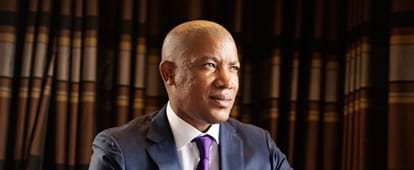
AAbout the author
Goo Goo Lourie is a writer by profession and lover of technology, entrepreneurship and urban places by nature. A former Southern Africa correspondent for Thomson Reuters news agency and a financial journalist for Finweek magazine, Goo Goo has also contributed to publications such as Sunday Times Business Times, Business Report, CNBC Africa online, Finweek and Fin24. He’s also the founder and publisher of Tech Financials and TalkIoT currently a Founder and Publisher of both http://techfinancials.co.za (Reliable Tech News) and http://talkiot.co.za (Reliable IoT News).
Related articles

